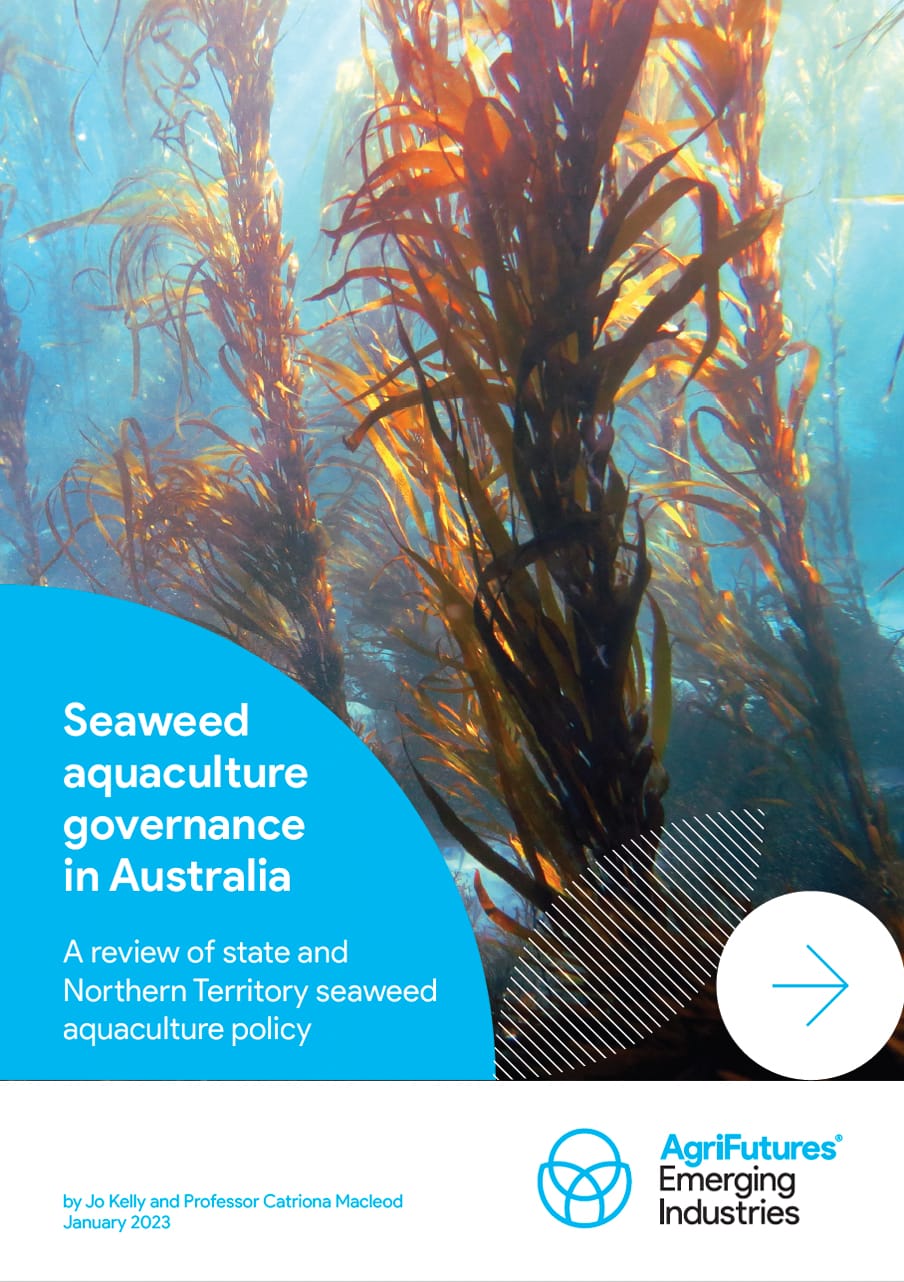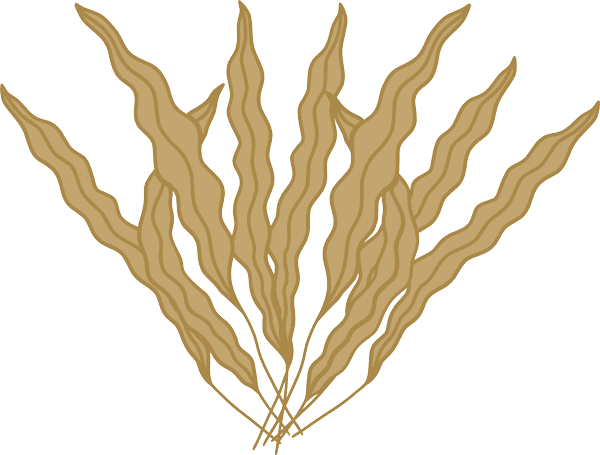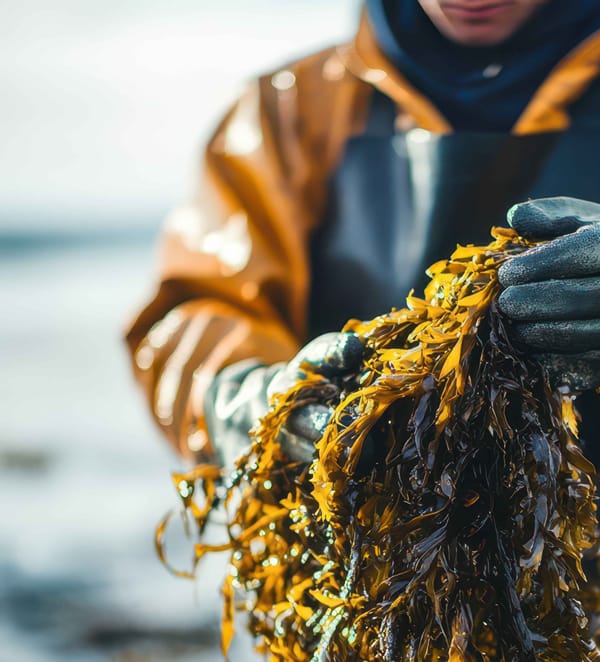
Seaweed Aquaculture Governance in Australia Report 2023
This report emphasises the significant role of governance in shaping Australia’s seaweed aquaculture industry.
Interested in permit & licensing information in other Australian states?
Find another state
The main government department(s) that provides guidance and information on establishing and operating a seaweed business in Tasmania:
Recreational seaweed harvesting is for personal use, not for commercial sale, like gardening, crafts, or small-scale consumption. If you are interested in understanding about licensing and permits for these activities
Seaweed cultivation in Tasmania operates under a transparent regulatory framework designed to safeguard the environment while encouraging commercial development. Whether through offshore lines or land-based tanks, cultivation requires strategic site selection, licenced seed stock, and adherence to government guidelines on marine resource management and biosecurity.
KEY: N = Native, P = Pest, W = Wild, A = Aquaculture
COMMERCIAL SEAWEED WILD HARVEST & AQUACULTURE
Recreational Seaweed COLLECTION

Tasmania’s wild seaweed harvest is governed by the Living Marine Resources Management Act 1995 and the Fisheries (Marine Plant) Rules 2017 and supported by the Marine Plant Fishery Policy which together provide details where harvest can occur, which species may be collected, and any relevant quotas or methods.
Beach-Cast
Licensing information, including application and variation forms, can be accessed at Marine Plant Fishery or by calling the Fisheries Compliance and Licensing Team. New applicants or existing licence holders who wish to vary their harvest locations are encouraged to contact the Commercial Marine Plant Fishery Team before application.
The 2024-25 Operational Guide for the Marine Plan fishery (Beach-Cast) provides more information about the beach-cast licensing process.
The only live seaweed allowed to be harvested within Tasmanian waters is the Japanese brown algae Undaria pinnatifida (Wakame), declared a noxious weed/pest species under the Biosecurity Act 2019. To mitigate the risk of spreading, it can only be harvested by authorised persons. Licensed commercial divers hand collect Undaria pinnatifida under the authority of a fishing licence and the Undaria Group Permit issued by Biosecurity Tasmania. The Group Permit automatically applies to any holder of an Undaria fishing licence.
Wild Fisheries Branch
Primary Industries & Water Division
Lands Building, Level 3, 134 Macquarie Street, Hobart, TAS, 7000.
Phone: +61 (0)3 6165 3000
Email: commercial.fisheries@nre.tas.gov.au
Before you start a seaweed aquaculture operation:
The Application Process
Here are the main steps involved in the application process:
Aquaculture Branch
Primary Industries & Water Division
Lands Building, Level 3, 134 Macquarie Street, Hobart, TAS, 7000.
+61 (03) 6165 3110
mfops@nre.tas.gov.au
We have included links to some resources that are relevant to this state, but additional publications can be found in Seaweed Central, so please search the Knowledge Hub.

This report emphasises the significant role of governance in shaping Australia’s seaweed aquaculture industry.
We have included links to the key legislation for this state, but additional regulations may apply depending on the type of seaweed activities or operations you are undertaking.

What is recreational harvesting and do I need a licence?
Seaweed found on beaches is not considered food-safe as it is impossible to predict how long the seaweed has been beach-cast or whether it may have come into contact with contaminants.
Find more information to help navigate permitting and licensing for Commercial Seaweed businesses in Australia